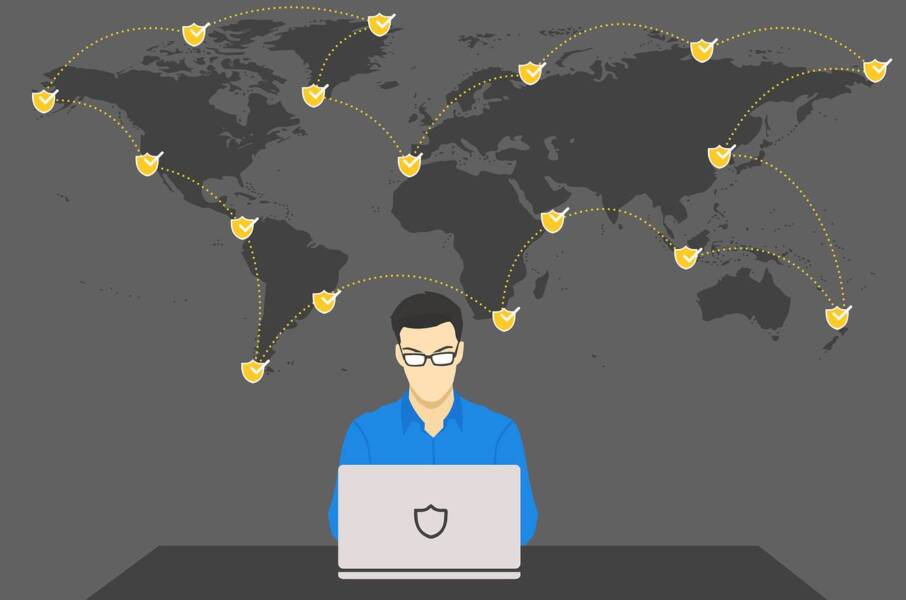Intrusion detection systems are crucial investments for businesses of all sizes. They provide added security and protection against unauthorized access, malicious attacks, and other threats. But with so many available options, how do you choose the best system to suit your organization’s unique needs? Keep reading to discover key factors when selecting the perfect intrusion detection system for your enterprise.
Assess Your Security Needs
Before delving into the world of intrusion detection systems, it’s essential to evaluate the specific security needs of your organization thoroughly. Take the time to identify vulnerable points within your infrastructure, the types of threats you may face, and the potential impact of a security breach on your operations.
Consider factors such as the size of your organization, the industry, any special regulatory requirements, and how you manage sensitive data. This assessment will create a solid foundation for your decision-making process, helping you understand the level of protection you require and guiding you toward the most suitable system.
Understand the Types of Intrusion Detection Systems
Intrusion detection is a security system designed to protect physical assets and prevent unauthorized access to buildings or areas. It can be used in homes, offices, retail stores, and more to provide an extra layer of security. Typically, an intrusion detection system consists of sensors, control panels, and alarms.
Sensors are placed at various entry points, such as doors and windows, and can detect motion, vibration, or changes in air pressure. When a sensor is triggered, it sends a signal to a control panel that processes the information and generates an alarm if necessary. The alarm can be audible, silent, or connected to a monitoring service that alerts authorities in the event of a breach.
Intrusion detection systems are not only useful for preventing theft or vandalism, but they can also provide peace of mind for businesses. Knowing that your property is being monitored 24/7 can help deter criminals and increase the chances of catching them if they attempt to break in. As a result, these security systems provide peace of mind as both deterrents and quick-response systems in the event of a break-in.
Evaluate Ease of Use and Maintenance Requirements
An effective intrusion detection system must be user-friendly and manageable, even for IT personnel with limited experience in this specialized field. When reviewing potential systems, take into account the complexity of setup and configuration, ease of use, and maintenance requirements. A system that is too difficult to manage can become a liability rather than an asset.
Many organizations choose to work with an intrusion detection system that offers centralized management, automated software updates, and the ability to monitor and configure devices remotely. These features make the system more efficient and reduce the risk of user error, ensuring your organization remains protected at all times.
Compare the Cost and Scalability
Intrusion detection systems are available across a wide range of price points, catering to organizations with varying budgets. When assessing the cost of a system, it’s vital to consider the initial investment and also the long-term expenses associated with maintenance, software updates, and resource demands.
Scalability is another important factor to consider, as the growth and evolution of your organization may necessitate updates or expansions to your security infrastructure. Selecting a system that offers flexibility in terms of licensing, pricing, and upgrade options will ensure your organization remains protected as your needs change over time.
By considering factors such as ease of use, maintenance requirements, cost, and scalability, you can confidently invest in a solution that provides comprehensive protection for your enterprise. Don’t leave your organization vulnerable to threats. Invest in an effective security system and enjoy peace of mind knowing your assets and employees are protected.

Ingrid Maldine is a business writer, editor and management consultant with extensive experience writing and consulting for both start-ups and long established companies. She has ten years management and leadership experience gained at BSkyB in London and Viva Travel Guides in Quito, Ecuador, giving her a depth of insight into innovation in international business. With an MBA from the University of Hull and many years of experience running her own business consultancy, Ingrid’s background allows her to connect with a diverse range of clients, including cutting edge technology and web-based start-ups but also multinationals in need of assistance. Ingrid has played a defining role in shaping organizational strategy for a wide range of different organizations, including for-profit, NGOs and charities. Ingrid has also served on the Board of Directors for the South American Explorers Club in Quito, Ecuador.









































